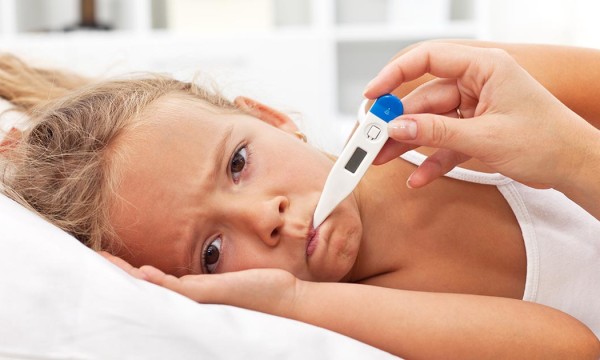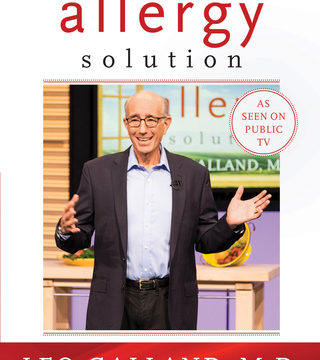Chronic respiratory effects of indoor formaldehyde exposure
Published in:
Environmental Research
The relation of chronic respiratory symptoms and pulmonary function to formaldehyde (HCHO) in homes was studied in a sample of 298 children (6-15 years of age) and 613 adults. HCHO measurements were made with passive samplers during two 1-week periods. Data on chronic cough and phlegm, wheeze, attacks of breathlessness, and doctor diagnoses of chronic bronchitis and asthma were collected with self-completed questionnaires. Peak expiratory flow rates (PEFR) were obtained during the evenings and mornings for up to 14 consecutive days for each individual. Significantly greater prevalence rates of asthma and chronic bronchitis were found in children from houses with HCHO levels 60-120 ppb than in those less exposed, especially in children also exposed to environmental tobacco smoke. In children, levels of PEFR decreased linearly with HCHO exposure, with the estimated decrease due to 60 ppb of HCHO equivalent to 22% of PEFR level in nonexposed children. The effects in asthmatic children exposed to HCHO below 50 ppb were greater than in healthy ones. The effects in adults were less evident: decrements in PEFR due to HCHO over 40 ppb were seen only in the morning, and mainly in smokers.






